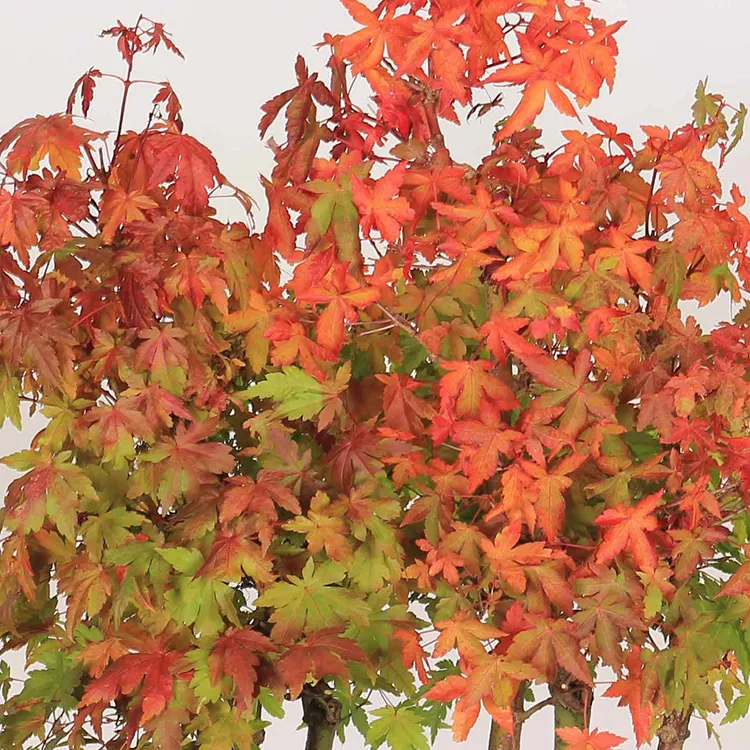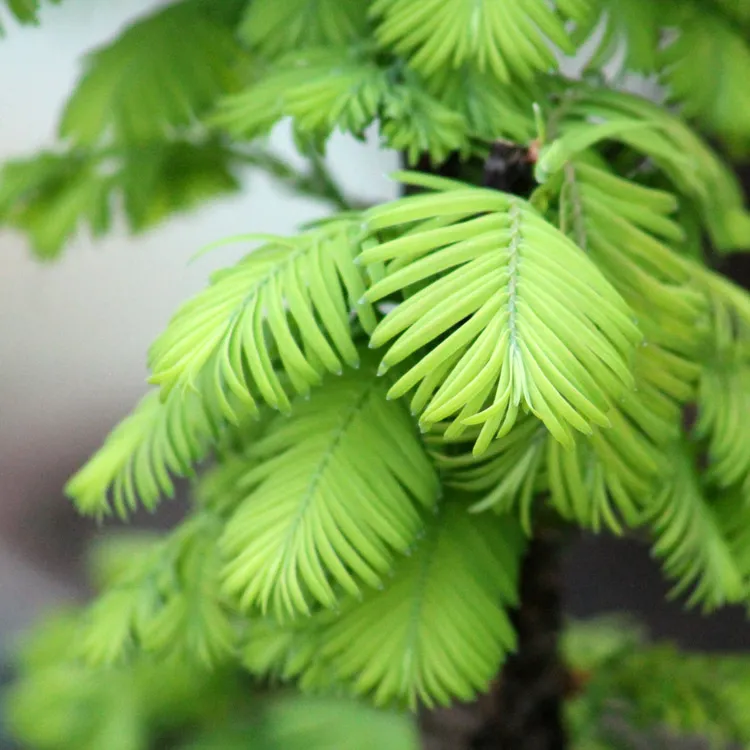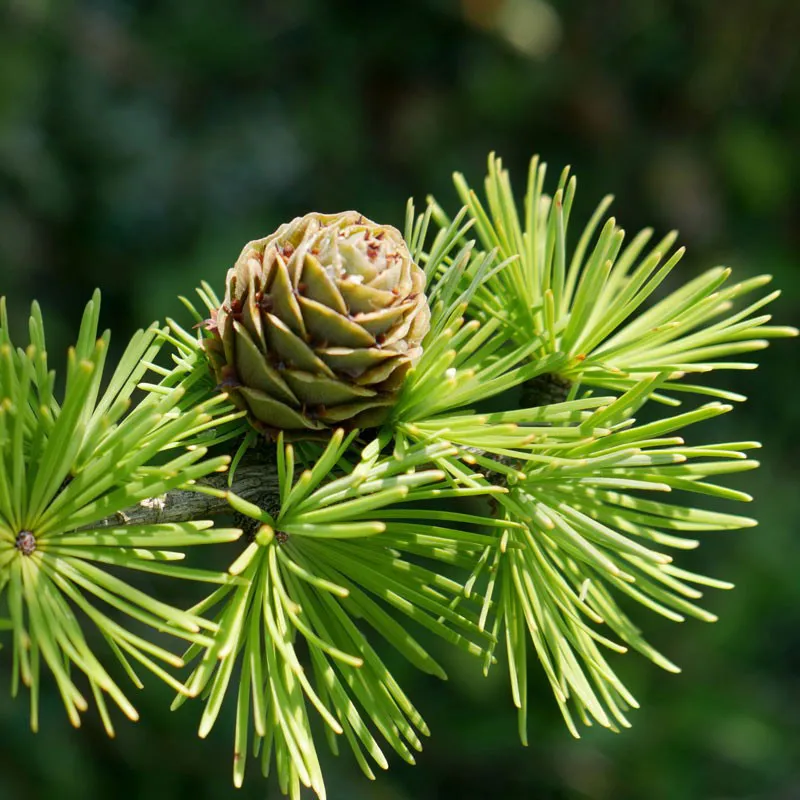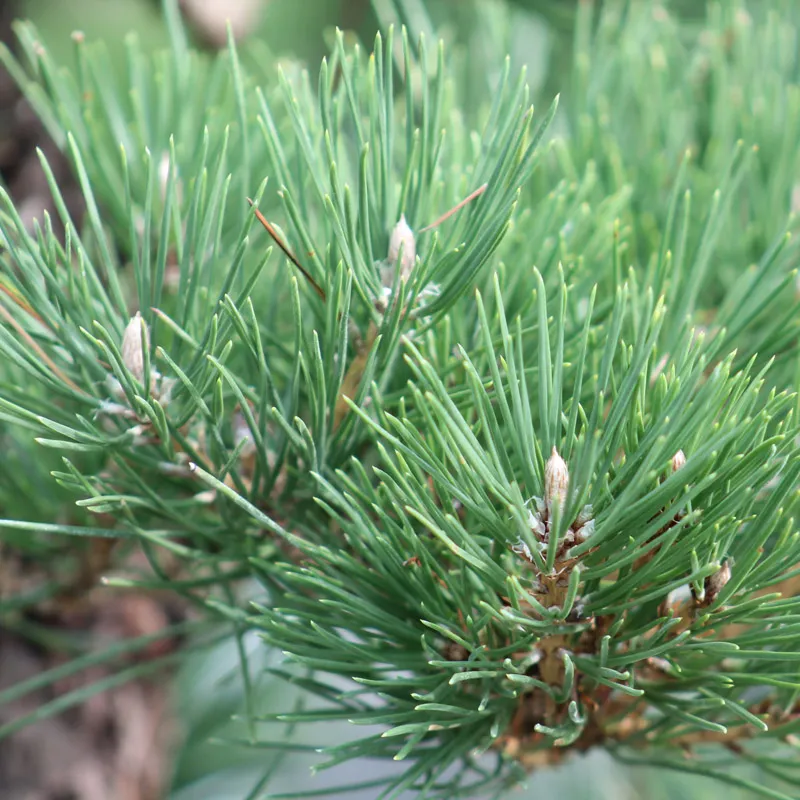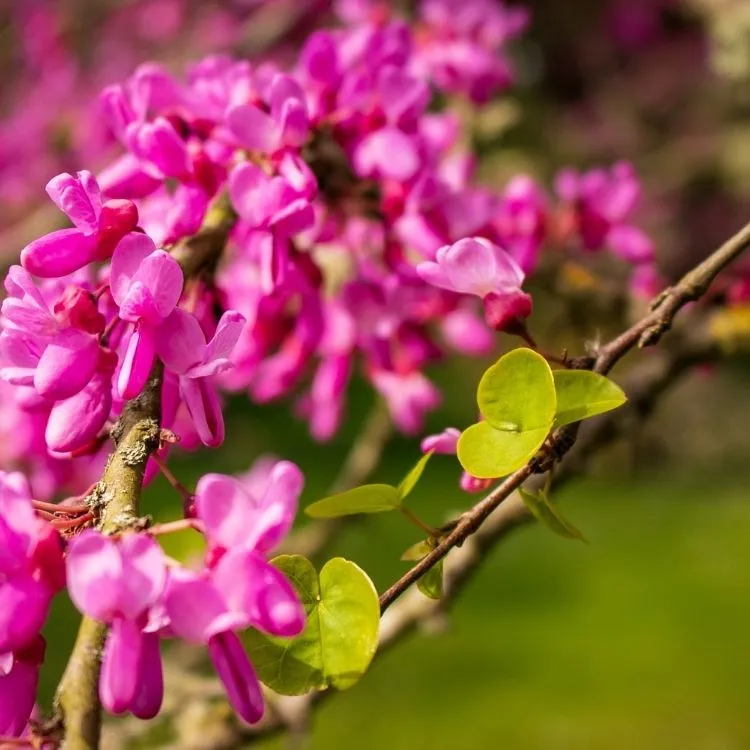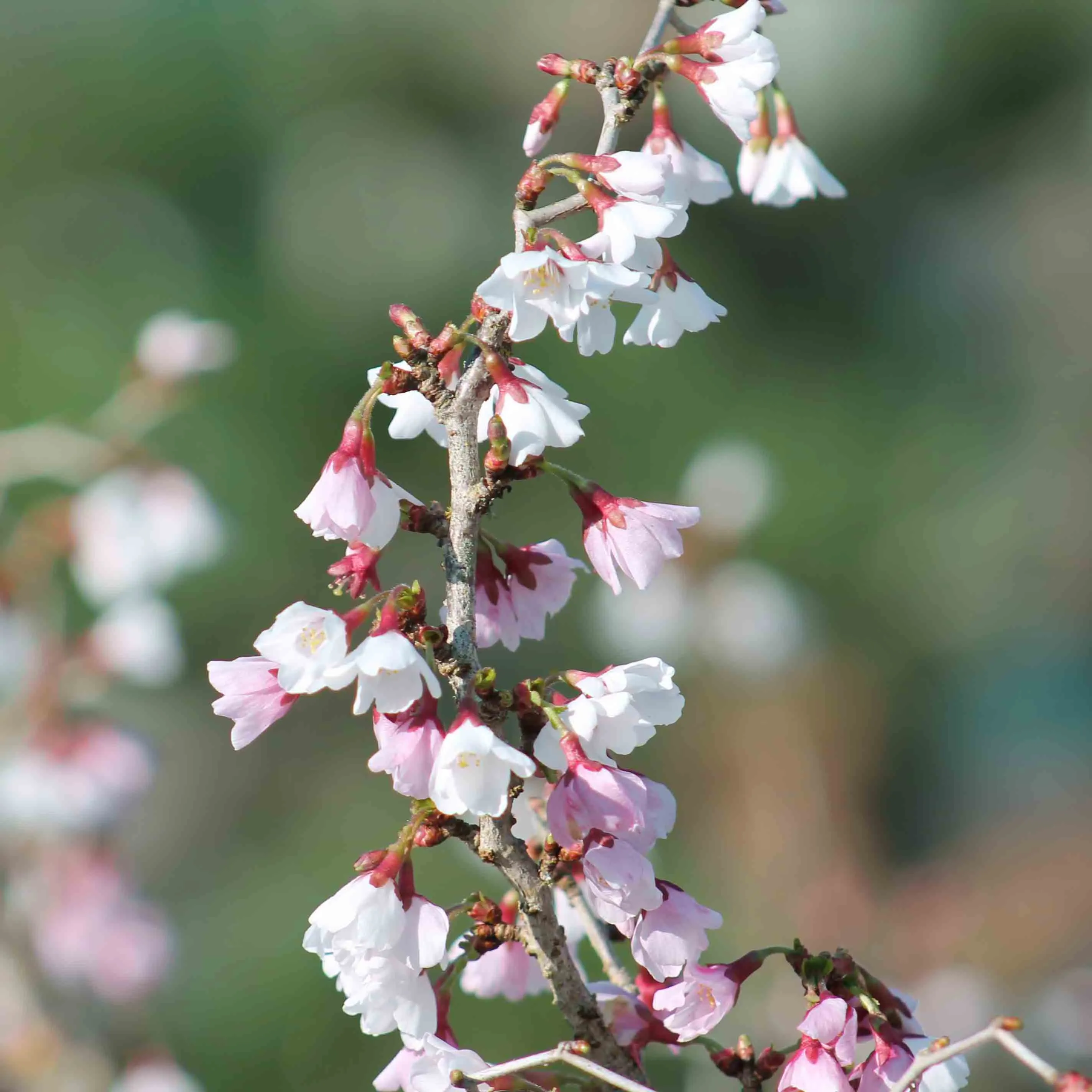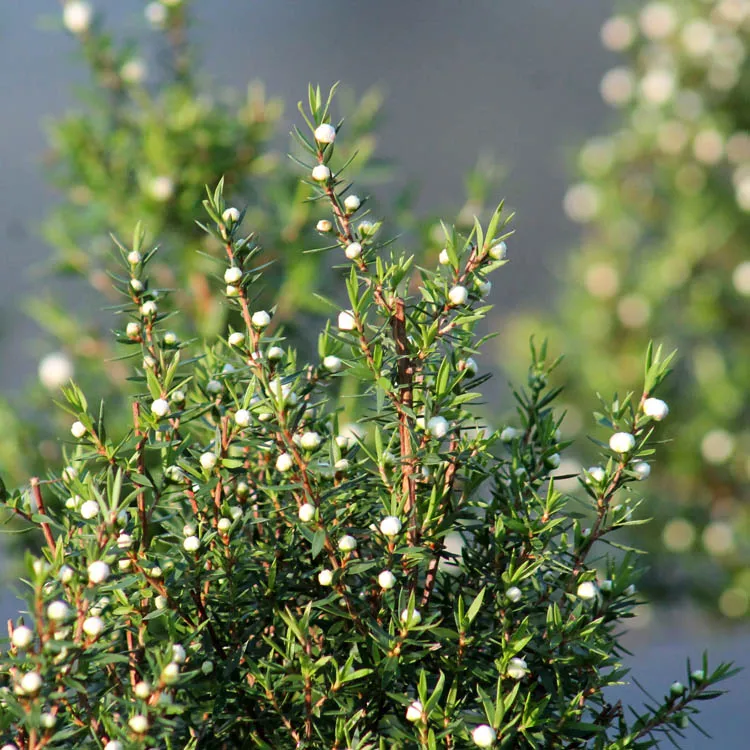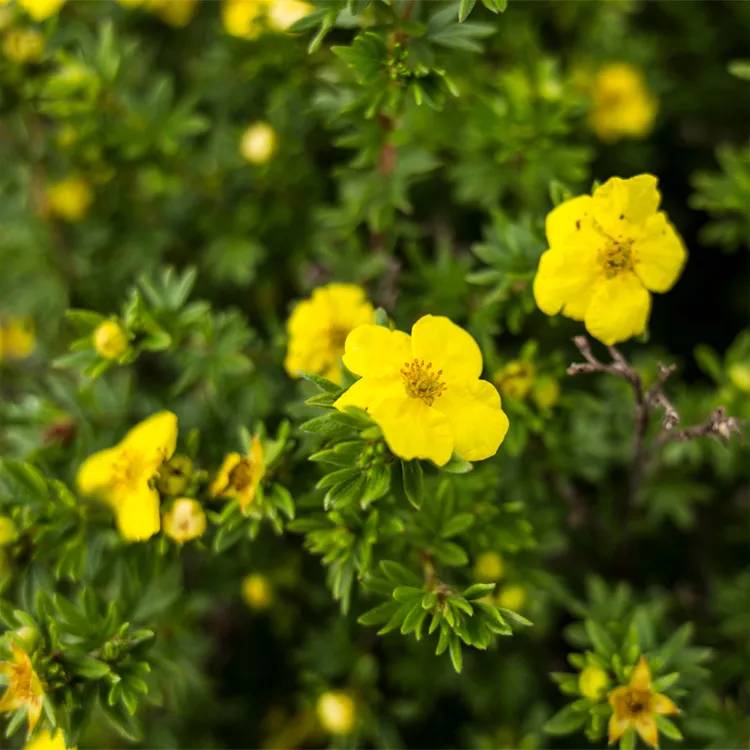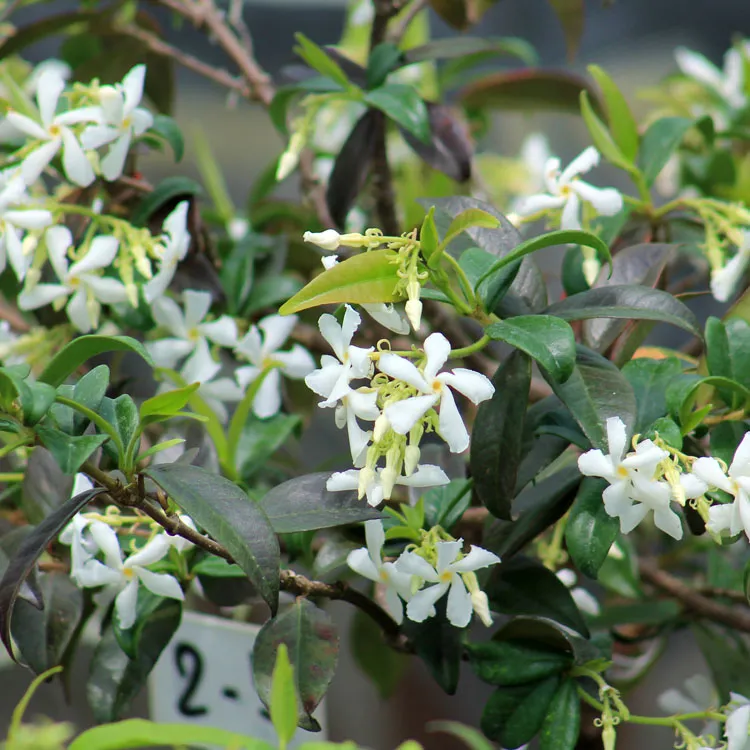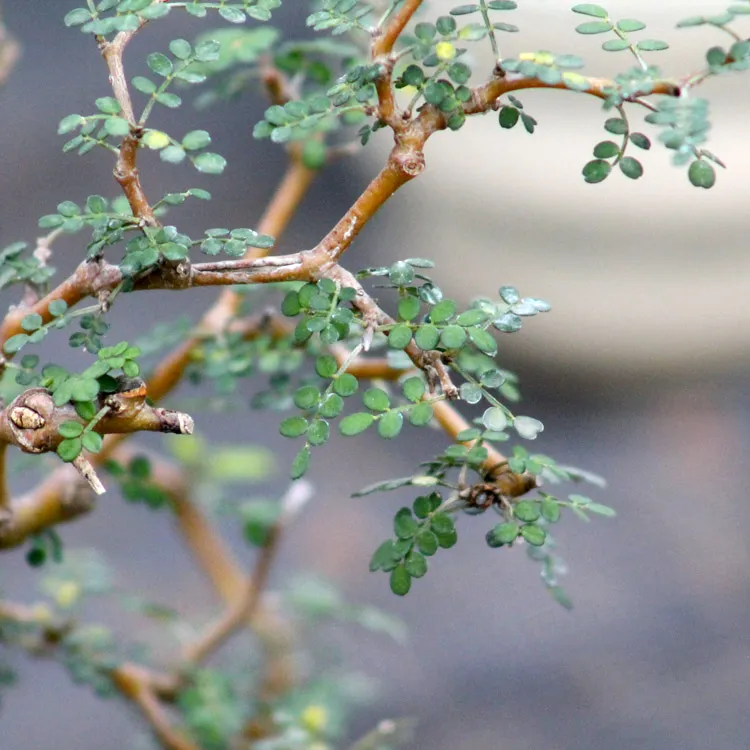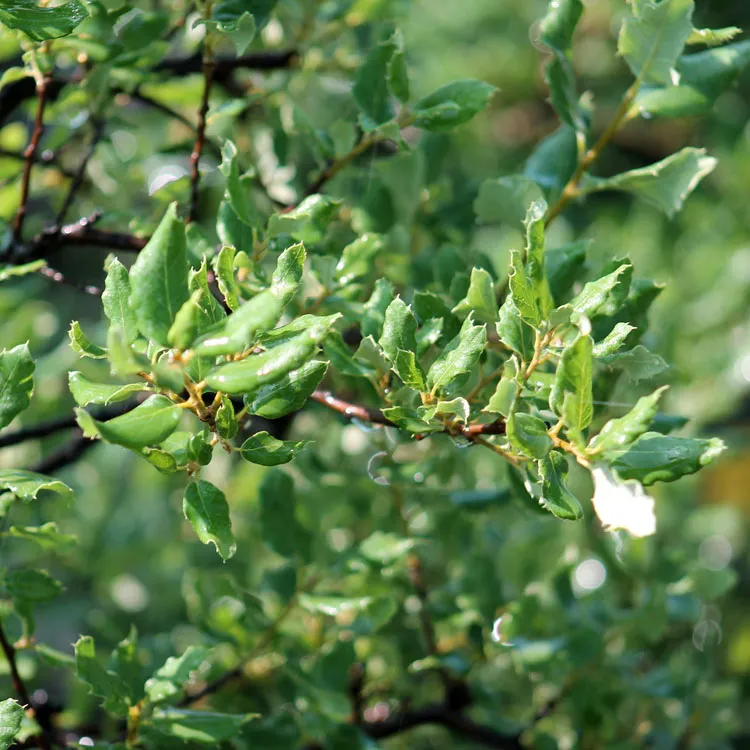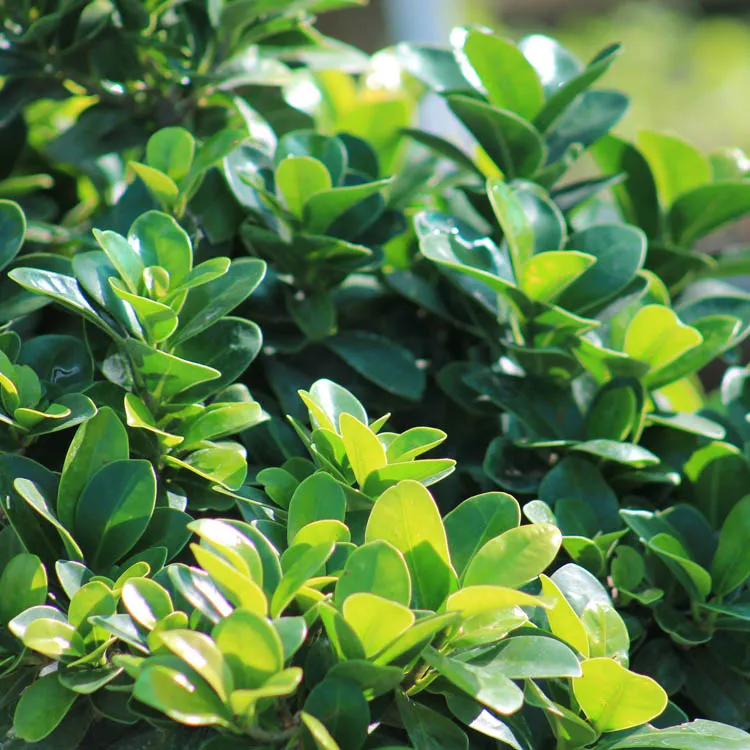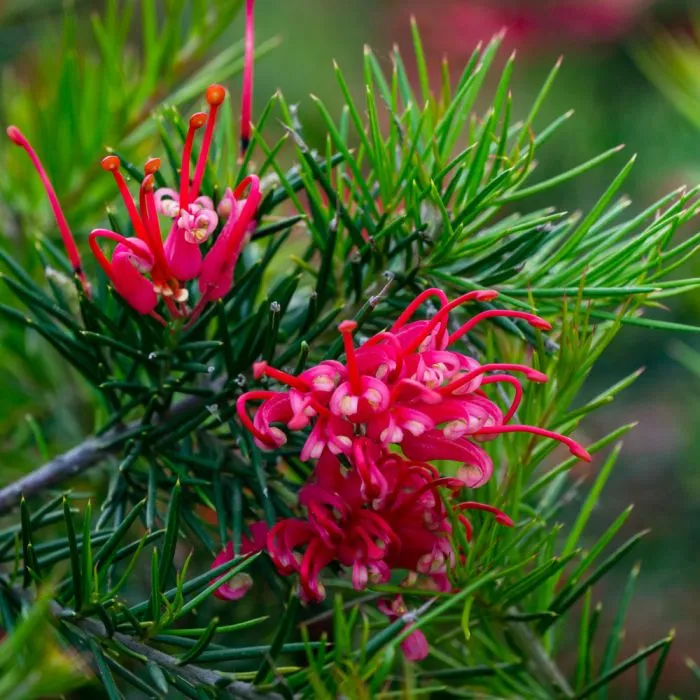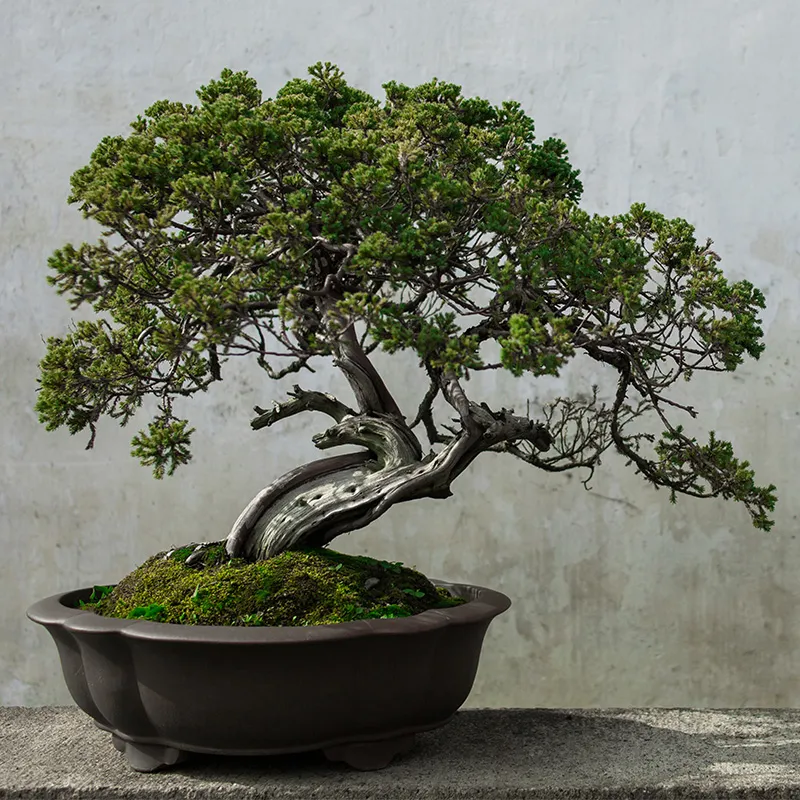Who hasn't heard that you shouldn't water a plant in full sun because it will burn its leaves? A bonsai tree should only be watered at the level of the soil surface so as not to wet the leaves. Fake news or fake news? Myth or reality? We'll give you our opinion (and it may not please everyone).
The magnifying effect of a drop of water on the leaves of a bonsai tree
This is an argument that often comes up, both among amateurs and some professionals in the horticultural field. A drop of water placed on a leaf would act as a lens that would concentrate the sun's rays at a point that would then become very hot, and cause burns.
Look around you, in the city as well as in the countryside.
- In summer, you will see cornfields watered with large jets of water. Do leaves get burnt and does corn make popcorn?
- To keep the grass green in the stadiums, even during heat waves, they are watered regularly, even in direct sunlight. Is the grass burned?
- When the sun comes back after a good summer shower, do all the plants start to roast?
- When you're at the beach, when you get out of the water, do you get burned because of the drops of water you get on your skin?
The answer is no to all of these questions. So why would it be any different with a bonsai?
You can have fun using a magnifying glass in direct sunlight to set a piece of paper on fire. But for this to work, you need to move the magnifying glass away from the object. When it's stuck to the flammable material, it doesn't work.
Scientists have conducted serious studies, using both computer modeling and experiments in order to obtain (or not) burns.
The result is clear: no burns are possible. There is a magnifying glass effect, but in order for the sun to concentrate the light rays on the surface of the leaves, the drop would have to be moved away (and it would have to remain still). By being placed on the surface, there is no risk.
Why is the myth so widespread?
Many bonsai enthusiasts water with the city water, which is usually calcareous. When the drops settle on the surface of the leaves, in a few minutes they will evaporate, leaving a whitish trace of the shape of the drop.
This mark may look like a burn, but if you rub it with your finger, it disappears.
It is in fact the limescale present in the water which has not evaporated, it remains stuck to the leaf.
Why do bonsai trees like to be watered on the leaves?
Water is an essential element for the functioning and survival of a tree, and even more so for a bonsai. It is important that it can travel from the roots to the leaves, and vice versa.
As soon as it starts to get hot, running out of water can quickly become a problem. And it's not just about summer. When you repot in the spring, you will cut off some of the roots, which are normally used to pump water.
If the temperatures rise a little too high after repotting, the remaining roots may not be enough, and the water doesn't arrive fast enough. You see the leaves becoming soft and hanging down. This is also why it is always best to put a bonsai in the shade after repotting.
To help recovery, don't hesitate to water abundantly, on the substrate but also on and under the leaves. The water will create a film around the leaves, which will block gas exchange (including photosynthesis) and also the natural transpiration of the tree. The water will evaporate after a few minutes but this allows the water to continue to rise in the trunk, the branches, and reach the leaves with a sufficient flow.
If you have done a drastic repotting on a bonsai (or a sample), it is always better to place it in a place with high humidity (for example, a greenhouse that is misted regularly).

Watering the entire bonsai environment copiously lowers the room temperature
When it's very hot, transpiration is high in a tree. Some of the water drawn by the roots and transported by the xylem vessels does not have time to reach the leaves.
The tree can't pump enough water to compensate for evaporation. This creates a water imbalance (see: how to protect your bonsai during the summer).
Water has the ability to capture heat and therefore lower the ambient temperature by a few degrees. And if you've watered your entire bonsai space, floor, and shelves well, that moisture will continue to be released and the temperature will take a while to rise again.
Some pests don't like humidity
Maybe you've noticed light spots on the foliage of your trees, as well as thin webs. These symptoms usually appear during periods of drought and are caused by dust mites.
Sometimes the leaves turn yellow and necrotic. If you place a piece of paper underneath the tree and shake the foliage, you will see small red spots fall off. They are spider mites; By sucking the juice from the leaves, they cause necrosis.
If you don't do anything, it's going to weaken your tree. There are specialized treatments that are to be used when your bonsai is heavily infected (and keep the tree away from others so that they don't get infected too).
However, these critters hate water and humidity. As a preventive measure, during the summer period, don't hesitate to water the leaves copiously, above but especially below (because this is where these pests nest).
When can watering bonsai leaves be a problem?
Too much water or moisture isn't always good for our small potted trees. This is especially noticeable at the end of winter, when the heat is not yet here but we have heavy rains. On bonsai pines you can see the tips of the needles turning yellow.
High ambient humidity also promotes the appearance of mould and fungi.
On the other hand, when summer has arrived, when temperatures soar, excess water and moisture are quickly removed by natural evaporation.
In summer, a bonsai won't stay with its roots bathing in stagnant water at the bottom of the pot, and the foliage won't stay moist for very long.
So there's no reason not to shower your bonsai copiously in summer, they'll love it!


 Production of French Bonsai
Production of French Bonsai


